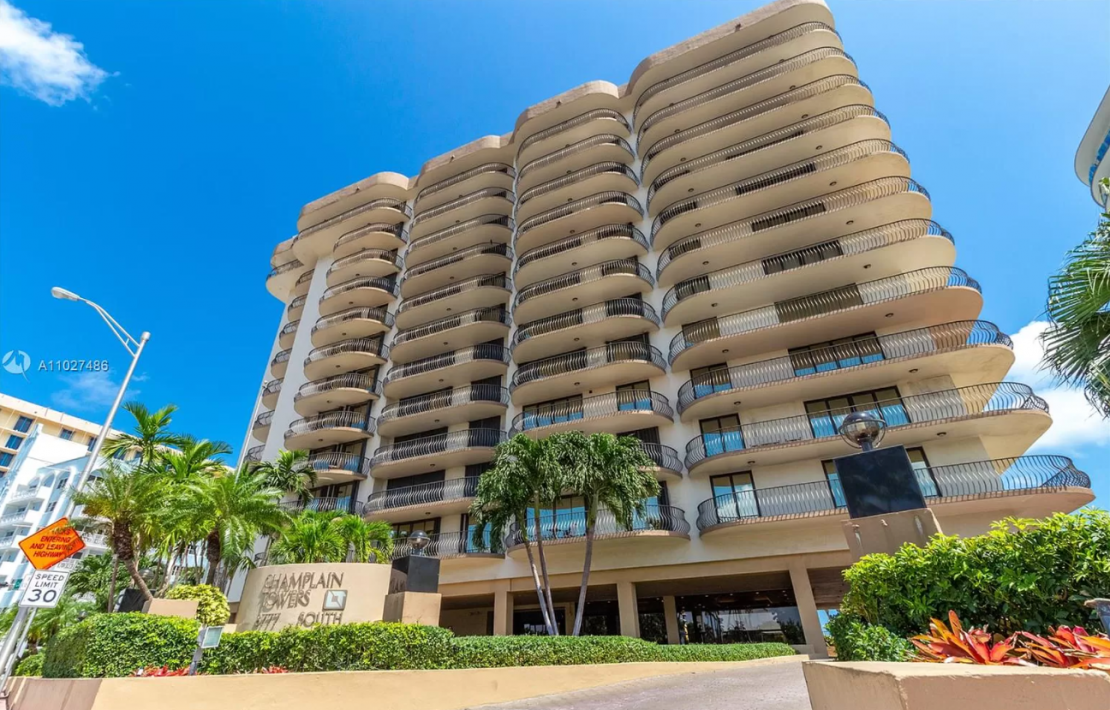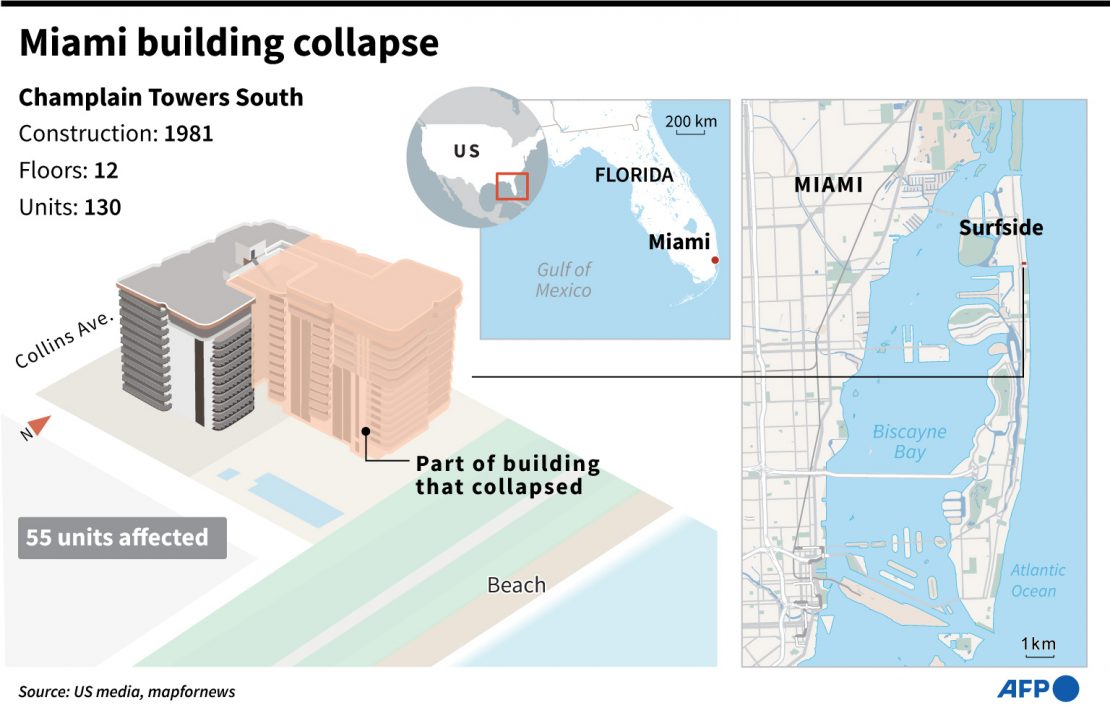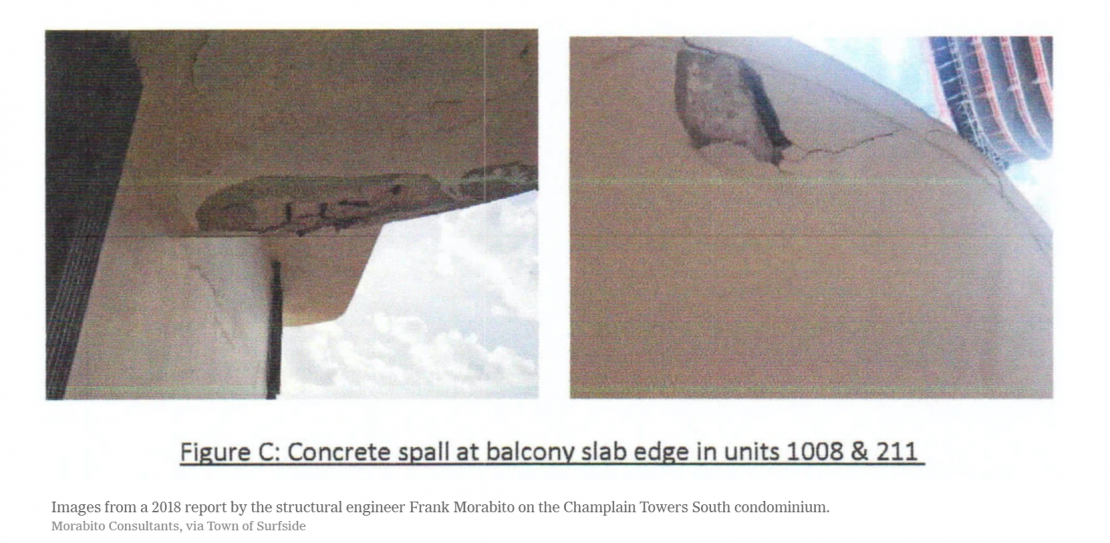This blog post is in respect for the families and victims affected by the Champlain Tower South collapse. During such tragedies, it is important for us in the construction industry to evaluate and understand them in hopes to prevent future catastrophes. For further understanding we must delve into the history of the building, and some of the different ways a building could be damaged.

The Champlain Towers South was a 12-story beachfront condominium built in the suburbs of Surfside, Florida, consisting of 1-to-4-bedroom units (136 units to be exact) ranging from 1,200 to 4,500 square feet. The condominiums were built in 1981 by developer Nathan Reiber and William M. Friedman. Associates Architects, Inc. the architect for the project. Brieterman Jurado & Associates, consulting engineers were responsible for structural engineering and Jurado & Associates covering electrical and mechanical.
All structures require periodic maintenance to meet or exceed their intended life spans and to ensure structural integrity from exposure to the environment. Prior to the collapse a resident reported “a hole of sorts opening near the pool before the collapse”. Also, a valet attendant reported “that at least one car had to back out of the garage because the space was filling with water shortly before the building fell”. A previous maintenance worker, William Espinosa was quoted saying “saltwater would seep through the building’s foundation during particularly high tides…The water would just basically sit there, and then it would just seep downward…I’m talking about a foot, sometimes two feet, of water in the bottom of the parking lot, the whole parking lot.”

The foundation and reinforced concrete elements are critical components of a building’s structural integrity. In the case of the Champlain Towers, the building site was located right on the coast, which can accelerate corrosion. The salt-laden air continuously deposits salt spray on the surface of concrete members. Concrete is inherently porous and salt spray can lead to concrete spalling.


Photos provided by Morabito Consultants, 2018 report on Champlain Towers South
Concrete spalling is a result of rusting in the embedded steel reinforcement bars when it is exposed to water and air. When exposed to these elements, the steel bars begin to oxidize which causes a volumetric expansion of the bar up to 6 times the original volume. The increase in volume imposing a significant expansive force to the surrounding concrete, can cause the concrete to delaminate, spall, crack, or break off. This allows for more air and water to penetrate the embedded bars continuing the cycle of corrosion.

Concrete spalling is a major concern to any building, and when not taken care of, can have detrimental effects. It is important to have regular inspections and maintenance of a building and report damages to a qualified structural engineer.
Author: Sofia Covelli
